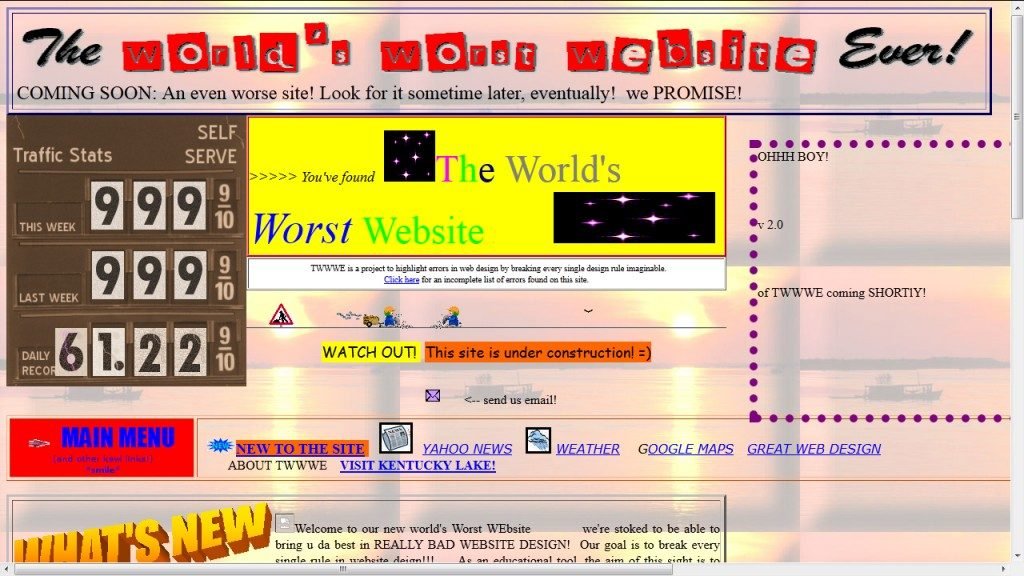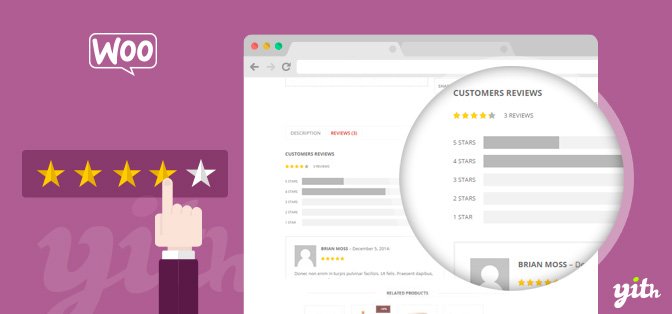But what is a negative experience, and considering how different people are, are there really any constant models you should apply? While experience may differ from one user to another, some things can be accepted as universal annoyances.
For example, we know that long forms are incredibly annoying to consumers and often make them abandon cart. The same can be said for forced registration on checkout, slow website loading speeds, unintelligible fonts, etc.

Using statistics and analytics, we can often identify many things that may be driving our customers away.
Statistical data can help us prevent some of the potential annoyances, though this alone won’t paint the complete picture. Your typical analytic tools cannot reveal your customer satisfaction levels, just their dissatisfaction in terms of abandonment rate.
So is customer satisfaction quantifiable at all, and how can we measure it in the eCommerce industry?
Let’s look at some ways we might achieve this.
Evaluate Return Rate
The rate at which customers return purchased products can provide insight into customer satisfaction. Returns usually involve a negative experience. When customers aren't satisfied with a product, or otherwise have a negative experience, they may return it.By evaluating your eCommerce return rate, you'll have a better understanding of its customer satisfaction levels. The return rate is simply the percentage of purchased products that customers returned during a specified time period. A low return rate indicates high customer satisfaction levels. A high return rate, conversely, indicates low customer satisfaction levels.

The average return rate in the eCommerce industry is usually higher than brick-and-mortar shops, given the consumer cannot see the product first-hand before deciding to purchase. The first one is 15-30%, while the latter is typically lower than 10%.
Of course, these numbers vary depending on your industry, country and the products being sold. So you can get a better understanding of what your own numbers should be, take a good read over some useful return rate statistics for 2021.
Pay Attention to Customer Reviews
Customer reviews are an obvious choice when it comes to measuring customer satisfaction. Customers will often share their experiences in reviews, especially if it's a notable one, whether positive or negative. Depending on the type of review app or system, they may be able to rate their experiences as well, giving you a very precise idea of what this experience was.No matter which eCommerce platform you choose to use for your business, it's imperative to support customer reviews. All of the industry's top store-building platforms either have a built-in review system or can be integrated with a review site/app or plugin. The most popular ones, like Magento and WooCommerce, have a variety of plugins designed to allow you to gather reviews from your users.

It's also a good idea to link to an external source, as you will achieve two goals at once. Not only will you be able to measure customer satisfaction, but in the case of good reviews, you can also use them as social proof in your business.
Some of the best external review platforms are Facebook page reviews, Google reviews, Amazon Customer Reviews, Trustpilot and country-specific alternatives for which you should do your own research.
Send Satisfaction Surveys
One of the most accurate ways to measure customer satisfaction is to send satisfaction surveys. A satisfaction survey is a questionnaire that businesses use to obtain satisfaction feedback from their customers. After a customer has placed an order (and received it!), email them an eCommerce satisfaction survey.
People are sometimes intimidated by the thought of having to create a survey or unsure how to approach it, but satisfaction surveys don't have to be complex. You can even create an extremely simple satisfaction survey by asking customers to rate their experience and explain why they choose this rating.

To make your satisfaction surveys more effective at measuring customer satisfaction, you can follow these tips:
- Use email marketing software to automate the delivery.
- Schedule satisfaction surveys to be delivered 24 to 48 hours after customers place an order (or longer if delivery will take a while)
- Include details of the order in the body. Things like photo, quantity (if relevant), etc will help them remember their experience.
- Ensure satisfaction surveys work well on all devices, including mobile phones.
- Explain that responses are confidential and used for quality assurance purposes.
- Avoid asking too many questions. Customers are more likely to respond to short satisfaction surveys with just one or a few questions than longer satisfaction surveys.
- Offer customers a reward, such as a promo code, for responding. It's a token of appreciation that will encourage customers to respond.
- When analysing ratings, use either the Net Promoter Score (NPS) or Customer Satisfaction Score (CSAT) system. The NPS and CSAT systems are designed to break down the satisfaction level of customers based on their ratings
Evaluate Churn Rate
Another way to measure satisfaction is to look at the churn rate. The churn rate represents how many customers have left your eCommerce business over a specific period of time. The reality is that customers typically won't stay for long with any given company unless they consistently have positive experiences. Therefore, churn rate can be a pretty accurate indicator of customer satisfaction.If you have never calculated your churn rate, there is a straightforward formula to it.
(number of churns during a given period) : (number of customers at the beginning of the same period) x 100 = churn rate %
Example:
2 customers lost : 100 starting customers x 100 = 2% churn rate
You can use churn rate to measure customer satisfaction for any time period. With that said, a period of at least one year is recommended for this metric. If two in five customers only made a single purchase during the previous year, your eCommerce churn rate would be 40%. Like with return rate, a high churn rate indicates low customer satisfaction levels.
Like return rate, the average churn rate varies greatly depending on multiple factors, and it's acceptable for the eCommerce industry to have higher churn rates (5-15%) compared to the service industry (1-5%).
Track Support Inquiries
Tracking support inquiries can reveal whether customers are satisfied. Customers will likely contact you for assistance if they have a question or when they bump into a problem.Tracking support inquiries will allow you to compare the number of resolved problems to the number of unresolved issues. If many support inquiries remain open, with unresolved problems or unanswered questions, this will probably result in low customer satisfaction levels. It's also a good idea to integrate a rating/review option specifically for communication, as satisfaction in customer support will play a major role in your overall customer satisfaction.

Given the difficulty of tracking things through a simple email provider (and implementing features like ratings), it's recommended to use some sort of Help Desk.
Small businesses usually aren't as fond of help desk software as big companies, but they really can be useful for a multitude of reasons. These days many of them don't have the corporate vibe that may put off small business owners and are simplified to the bone.
An excellent free option is Freescout which you can install directly from the Softaculous app installer in your hosting account.
Some of them are also integrated with other services, like marketing for example, allowing you to use one platform for all activities. A great example of this is HubSpot's free Help Desk and Ticketing software which is tied to their other marketing services.


